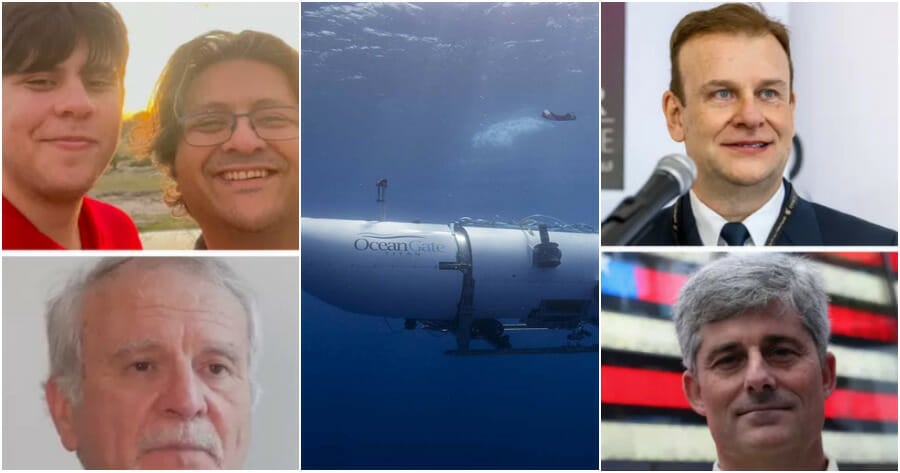111 years ago, the Titanic ship sank in the North Atlantic Ocean, killing over 1,500 passengers during the cold, black night. The bottom of the sea has since become the “gravesite” for the shipwreck, which was never meant for exploration.
A few days back, 5 passengers boarded a submersible called Titan, which was created by OceanGate. What was thought to be adventurous turned out to be a tragedy, and it didn’t take long for Titan to lose contact with the people who control the submersible with a game controller after it descended into the ocean.
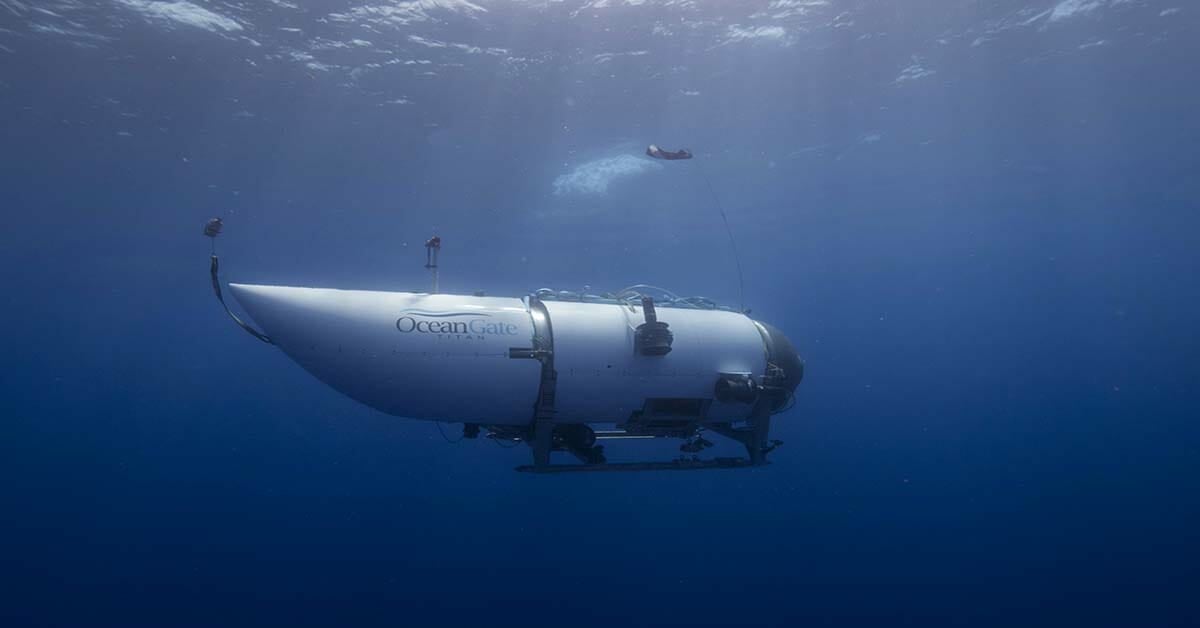
The search for Titan immediately began and just this morning, OceanGate released a statement and said that all 5 passengers are believed to be dead after the debris from Titan was found just 1,600 feet away from Titanic. The U.S. Coast Guard later confirmed the death of all passengers in Titan, saying that the submersible suffered a catastrophic implosion, as revealed in a press conference.
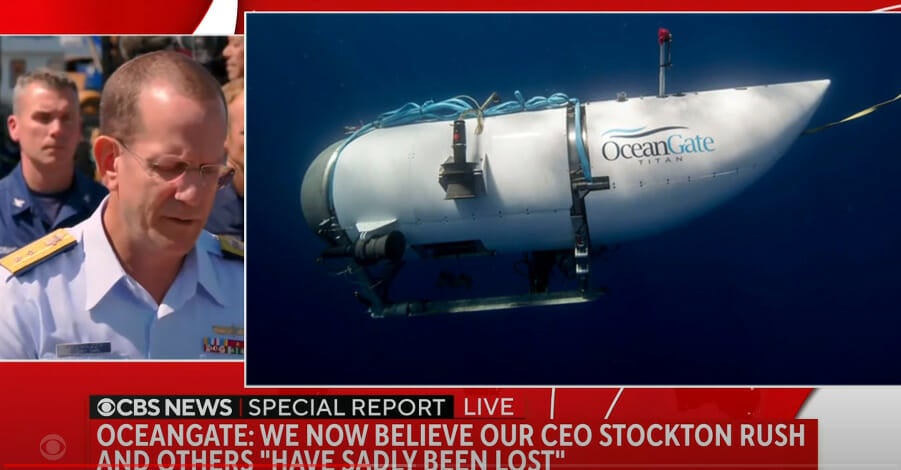
They were believed to have died instantly from the implosion before the remaining of the sub reached the bottom of the sea. BBC said that the debris consists of the landing frame and the rear cover of the submersible.
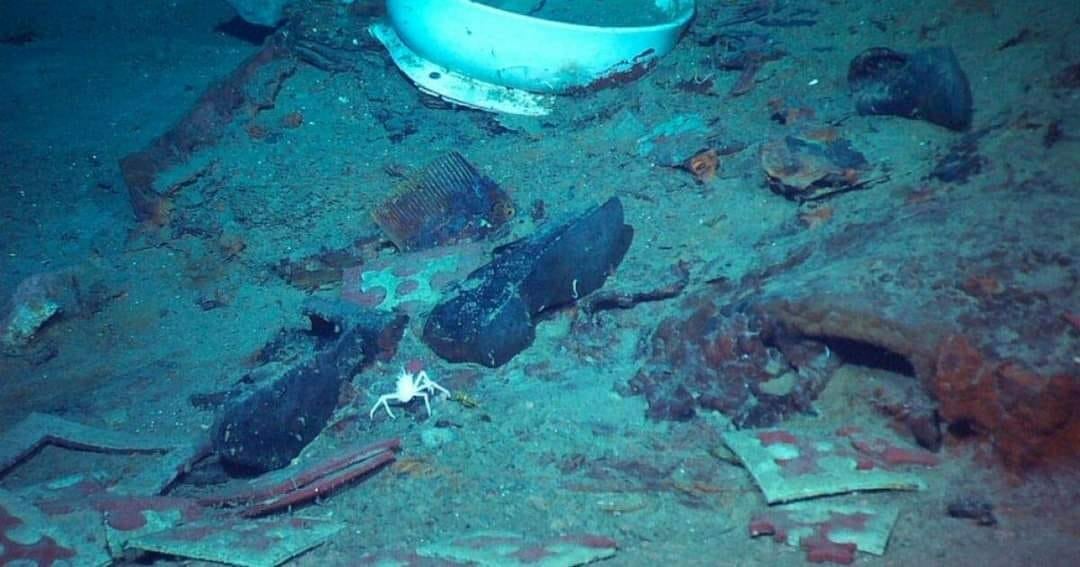
The CEO of OceanGate Expedition, Stockton Rush was among the deceased passengers of Titan, alongside,
- Shazada Dawood & Suleman Dawood (British-Pakistani businessman and son)
- Hamish Harding (British businessman)
- Paul Henry Nargeolet (former French Navy diver)

What was Titan like?
According to a description on the Facebook page of the New York Post, the submersible is 22 feet long and only 8.3 feet high, and it could only fit 5 passengers who had no space to stand on their feet.
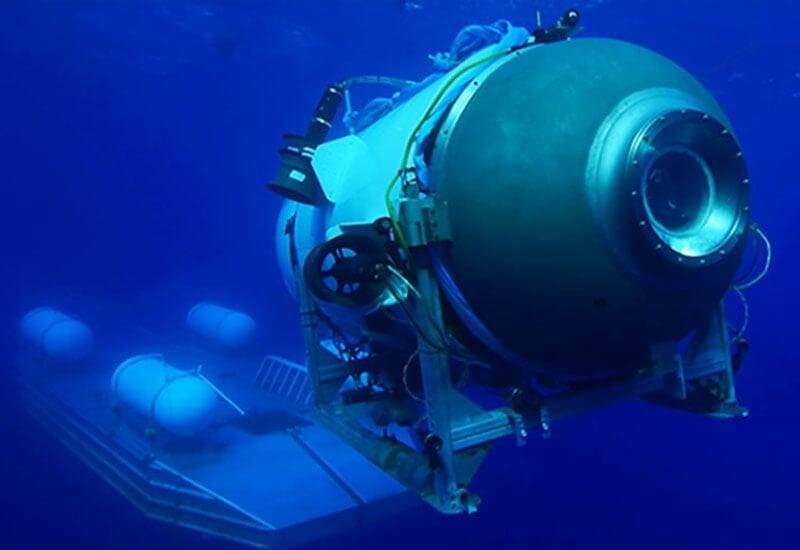
Titan came with only 1 window for the passengers to look outside, and it was controlled remotely and a game controller. Brian Tyler Cohen, a news personality in the USA reported that Titan was only built to sustain an underwater pressure of 1,300 meters but OceanGate intended to take its passenger 4,000 meters down into the sea.
The passengers also signed a waiver, acknowledging that it could be a 1-way trip with no return. Each passenger paid USD250,000 (approximately RM1.1 million) for the deep sea exploration.
The US Coast Guard is still determining when did the implosion take place.
Heartfelt condolences go to the victims and their families. We can only imagine the unexplainable fear of the victims in the unforgiving (and unexplored) sea world.

